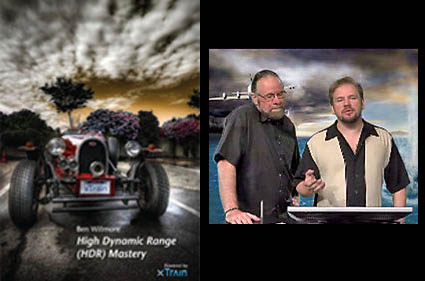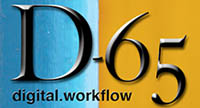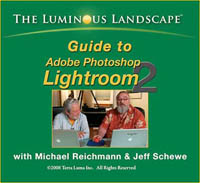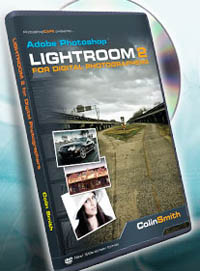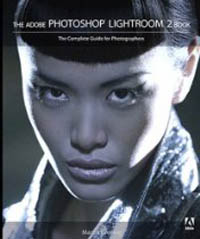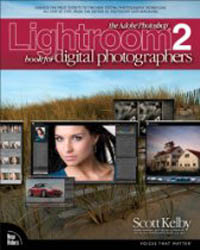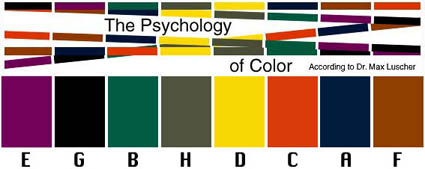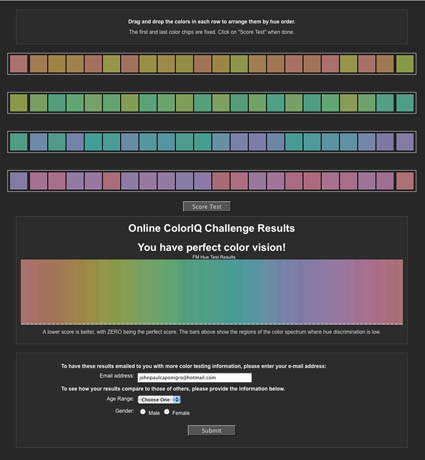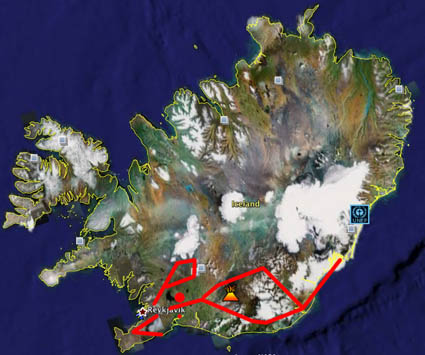
–
Sil Arena (Pixsylated) offers 10 tips for making the most of Photoshop World.
1. Rest up before you go
2. Plan each day and then be ready to change your plan
3. Wear comfortable shoes
4. Get to your sessions very early
5. Forget about taking notes
6. Carry water, food & clothing
7. Bring a backpack or messenger bag
8. Make new friends & rendezvous with old ones
9. Bring a fat wallet or a big credit card
10. Leave your ego at home
Get full details on each item and Bonus tips and Extra Credit at Pysylated.
For instance, did you know that in addition to the regularly scheduled seminars, special sessions and interviews are scheduled on the trade show floor?
Download Dave Cross’ PDF on what he plans to attend. Then make your own!
Check out all the sessions here.
Past seminars I’ve attended that rock include …
T 10:45-11:45 Jack Davis Automating Everything – ACR & Actions
T 6:15-7:15 Deke McClelland The Art of Sharpening
F 10:45-11:45 Jeff Schewe Real World CS3 Camera Raw
F 12-1 Ben Willmore High Dynamic Range Imagery
S 2:15-3:15 Jeff Schewe Lightroom to Photoshop to Lightroom
Photoshop World Las Vegas starts September 4-6.
Find out more here.
I’m presenting …
W 1-5 Epson Print Academy Precon
(Rodney, Schewe, Caponigro)
F 7-9 The Art of Photoshop
(Caponigro, DiVitale, Glyda, Maisel, McNally, Peterson)
S 11-12 Painting With Light – 21st Century Dodging and Burning
S 1-2 The Power of Color
Which sessions have you attended and liked?
Which sessions are you most looking forward too?
Comment here!
